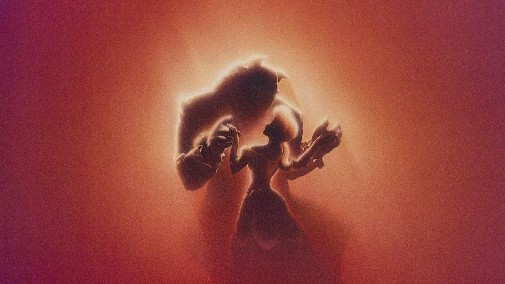
On the morning of February 19th, 1992, the nominations for the 64th Academy Awards were announced. As always, the last category to be revealed was that of Best Picture and, just as Best Director lineup had done, it brought with it a historical event. Disney's Beauty and the Beast became the first animated feature to be nominated for the Best Picture Oscar, a momentous achievement that was applauded by the audience of journalists. It was the only Best Picture nominee to receive such jubilant cheer and it's easy to see why. While some had predicted the cartoon's glorious haul of nominations, the long-lasting prejudices of AMPAS against animation made its success seem impossible. Thankfully, even the Academy can get over itself from time to time, and honor truly deserving cinema. Beauty and the Beast is certainly deserving, being a masterpiece of American animation, as well as one of Disney's crown jewels.
Unfortunately, not everyone involved with its triumph was able to bask in the glory of the Oscar nominations. One of the men most responsible for the wonder of Beauty and the Beast was long gone by the time of the announcement…
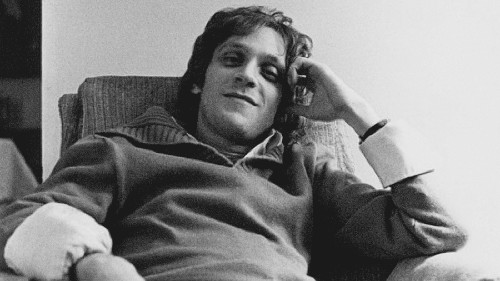
Born in Baltimore, Maryland, Howard Ashman moved to New York after finishing his studies in 1974. It was in the Big Apple that he started to work professionally in theater, becoming the artistic director of the WPA Theater by 1977, and even helping with the workshopping of Maury Yeston's Nine. According to legend, it was only after he questioned the complacency of Luisa Contini's character that Yeston wrote one of the show's best songs, "My Husband Makes Movies". In any case, by the mid-80s, Ashman was becoming a big name on the realm of musical theatre, having earned a Tony nomination for the book of Smile, and a Drama Desk Award for the lyrics of the Off-Broadway Little Shop of Horrors.

It was the 1986 movie adaptation of that sci-fi musical that brought Ashman to the world of filmmaking. He and longtime collaborator Alan Menken wrote new songs for the screen. Among them, there was a jolly new solo for the carnivorous alien plant Audrey II, called "Mean Green Mother from Outer Space". It was for that smashing tune that Ashman and Menken nabbed a Best Original Song Oscar nomination, the first of many for both men. Around the same time, Ashman was contacted by Disney to help with the songs of Oliver & Company, a misbegotten Oliver Twist inspired adventure starring talking animals in contemporary New York.
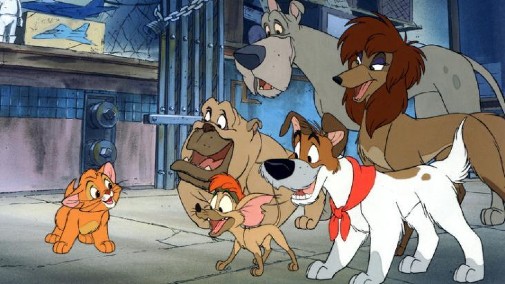
At this point in the history of the Walt Disney Company, a period of painful transition was being endured. After its founder died in 1966, Disney was left with no guiding voice when it came to the matter of animation. The theme parks had already started to consume most of the company's attention when Walt passed away, but nothing could have predicted the state of disregard that the animation studios would fall into during the 70s. Far from being the cultural giant they are nowadays, Disney was often at the brink of financial disaster and popular irrelevance during those dark years and everything culminated with the catastrophic nightmare that was The Black Cauldron.
During that infamous movie's production, a perilous power play resulted in the ousting of Ron Miller from the company's leadership and the ascension of Michael Eisner and Frank Wells, two executives who'd made a name for themselves in Paramount and Warner Bros. respectively. It was under the management of these men, that Jeffrey Katzenberg became the chief of the animation division of Disney, a somewhat odd decision when one considers he had no previous experience dealing with the specifics animated cinema. His ruthlessness resulted in the further destruction of The Black Cauldon, which would become the House of Mouse's biggest flop, but he was also at the helm of the studio during its famed Renaissance.
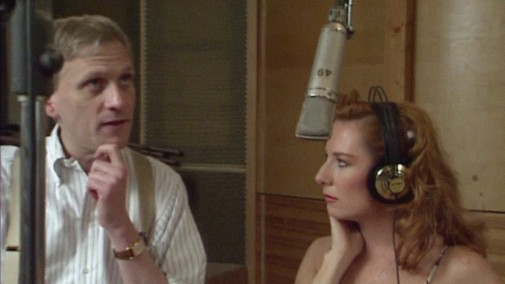
Not that Katzenberg had a lot to do with the triumph of the Disney Renaissance, mind you. To be brutally honest, when investigating the history of Disney, it seems this period of creative revitalization happened despite Katzenberg's best efforts, and one of its main causes was none other than Howard Ashman. Oliver & Company may be nothing to write home about, but the lyricist liked working at Disney and became involved with the development of other projects, including the adaptation of some classic fairytales into the form of animated musicals. His first endeavor of the sort was the picture that would truly ignite the Disney Renaissance, 1989's The Little Mermaid.
Ashman didn't simply write the lyrics for the movie's songs, though. He was involved with its creation every step of the way, coming up with characters, concepts, and narrative elements that made The Little Mermaid into the triumph that it is. Sebastian, for example, was Ashman's invention, whose eclectic taste in music made him see that what the fantastical romance needed was the grumpy addition of a Calypso-singing crab. The Little Mermaid was a huge success, earning massive results at the box office as well as critical acclaim, the likes of which Disney hadn't seen in decades. Both Menken and Ashman would go on to win Academy Awards for their musical genius.

With new power and influence within Disney, Ashman started to develop a new movie immediately. By the time Aladdin got approval from the studio's higher-ups, Ashman and Menken had already devised a first draft as well as 16 original songs. Still, before Katzenberg would let them invest all their effort and attention on the Arabian fantasy, he put them to work on another project in need of creative guidance. Beauty and the Beast had gotten the best of many a Disney creative, presenting a series of narrative and visual problems nobody could seem to figure out. The invisible servants and abusive romance of the original French tale were a major issue, for instance, since characters that nobody can see and toxic adult relationships are a bit of a no-no for animation targeted at kids.
Taking cues from the fairytale, Jean Cocteau's cinematic version, and other references, like Katharine Hepburn's Jo March, Ashman practically redid every element of Beauty and the Beast's development, ending up with the skeleton of what we now know as an animated classic. It was him that invented the concept of the servants being cursed into being household items, for example. He also wrote the gorgeous songs that Alan Menken put to music, creating one of the most beautiful original musicals in cinema history. Unfortunately, not all was well in the life of Howard Ashman. His artistic career might have been flourishing, but his body was decaying.
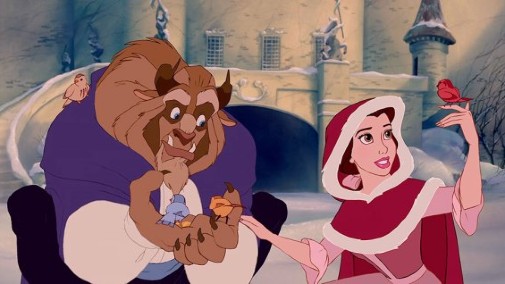
Like many gay men that lived through the 80s and 90s, Howard Ashman was affected by the AIDS epidemic. After knowing he was HIV-positive, he hid it from his co-workers and friends, hellbent on working on Beauty and the Beast until its completion or his death. Nothing could stop Ashman, who spent his last few years on a frenzy of work, even offering directions and notes to the film's cast and crew from his hospital bed. It was in such a place that Ashman received news from the picture's first critics screening, in March 1991. Even though they only saw a rough print of the musical with many scenes unfinished and not fully animated, the audience raved about its mastery. Ashman, lying in his bed, frail and dying, didn't seem surprised by the reaction. According to his friends, he was well aware that the movie was amazing, even when others doubted it.
Four days after that screening, Howard Ashman died. He never got to see the finished masterpiece, the fruit of his labor, nor did he experience the joy that many felt on that glorious Oscar nomination morning. He even missed his second Oscar win, for the writing of the titular song of Beauty and the Beast. Nonetheless, Ashman helped make history and brought into existence some of the best movie musicals ever made, full of witty lyrics, riveting stories, and unforgettable characters. Even the curmudgeon Katzenberg admitted, in later years, the enormous influence Ashman had during the years of the Disney Renaissance. In his words, he and other workers at the studio often felt like two guardian angels were blessing them from above, Walt Disney and Howard Ashman.
To close this piece, I leave the dedication at the end of Beauty and the Beast. They're words of homage from awed colleagues to their genius artist friend, words whose sentiment I share since I was a kid and became enchanted by the spectacle of Ashman's movies.
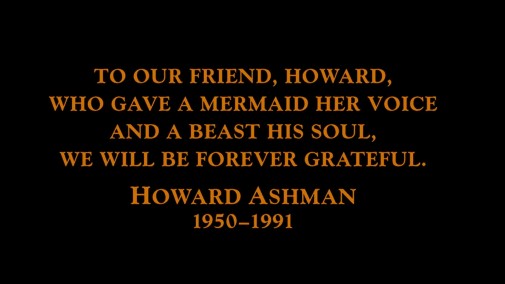
You can find The Little Mermaid, Beauty and the Beast, and Aladdin streaming on Disney+. As for Little Shop of Horrors, it's available on all of HBO's streaming services. Also, Disney has announced the release of Howard, a documentary about Ashman which will become available on Disney+ August 7th.